1. Charleston’s Historic District (South Carolina)
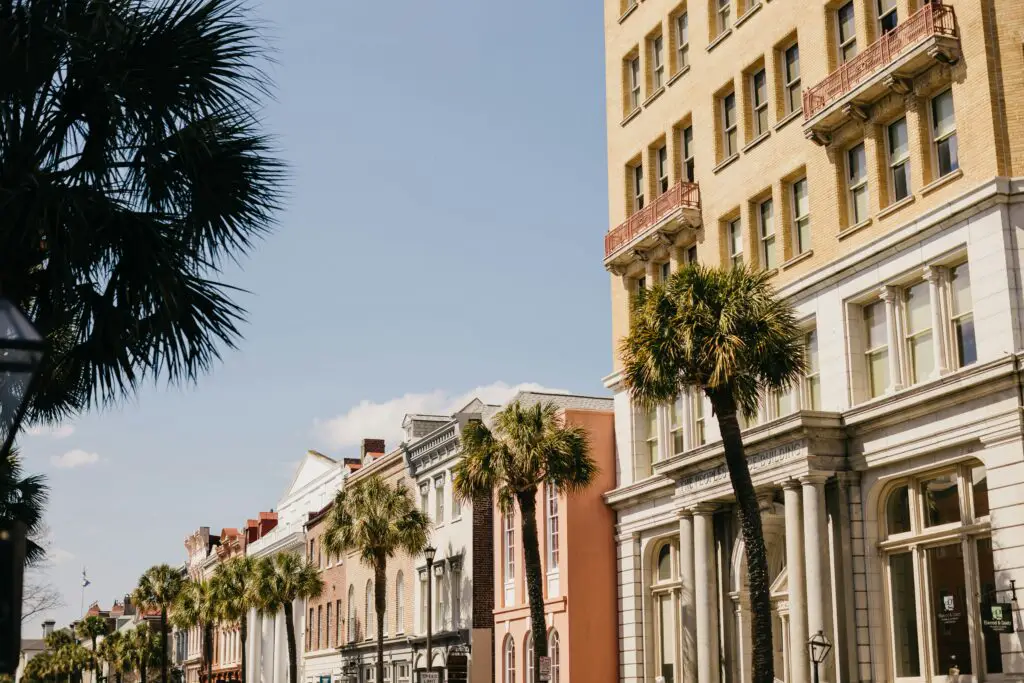
Charleston’s iconic Historic District faces threats from rising sea levels and increased flooding. Frequent hurricanes and insufficient infrastructure are eroding its charm. Preservationists are racing against time to protect the district’s 18th-century architecture.
2. Venice Beach (California)
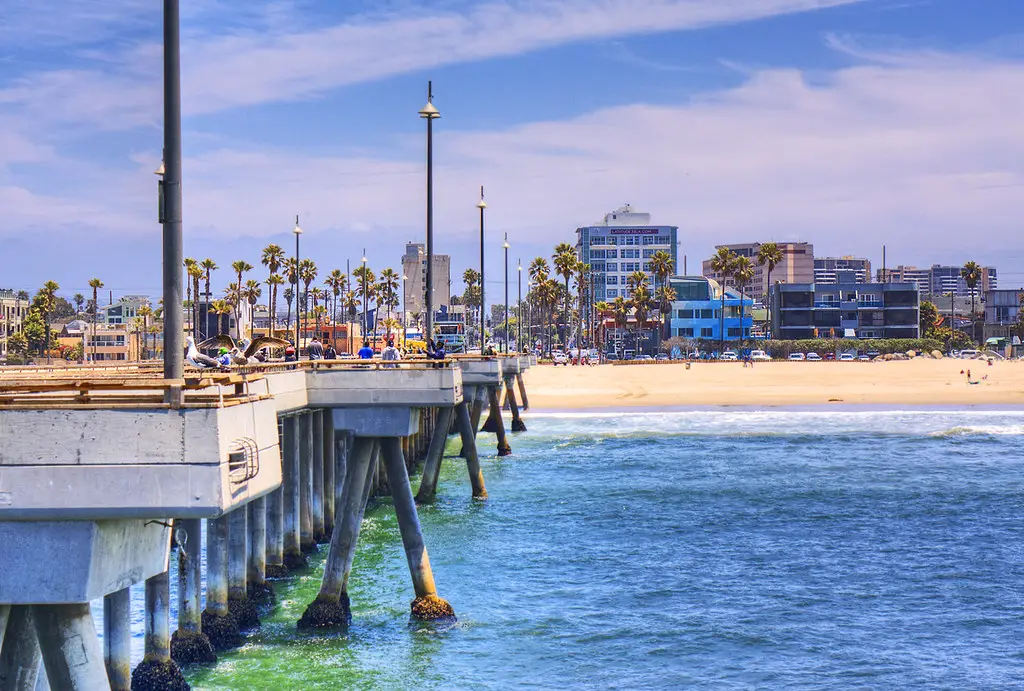
Venice Beach’s eclectic neighborhood could vanish under the pressures of gentrification and climate change. Rising housing costs are displacing long-term residents, while erosion threatens the shoreline. The area’s bohemian spirit is rapidly fading as development surges.
3. French Quarter (Louisiana)
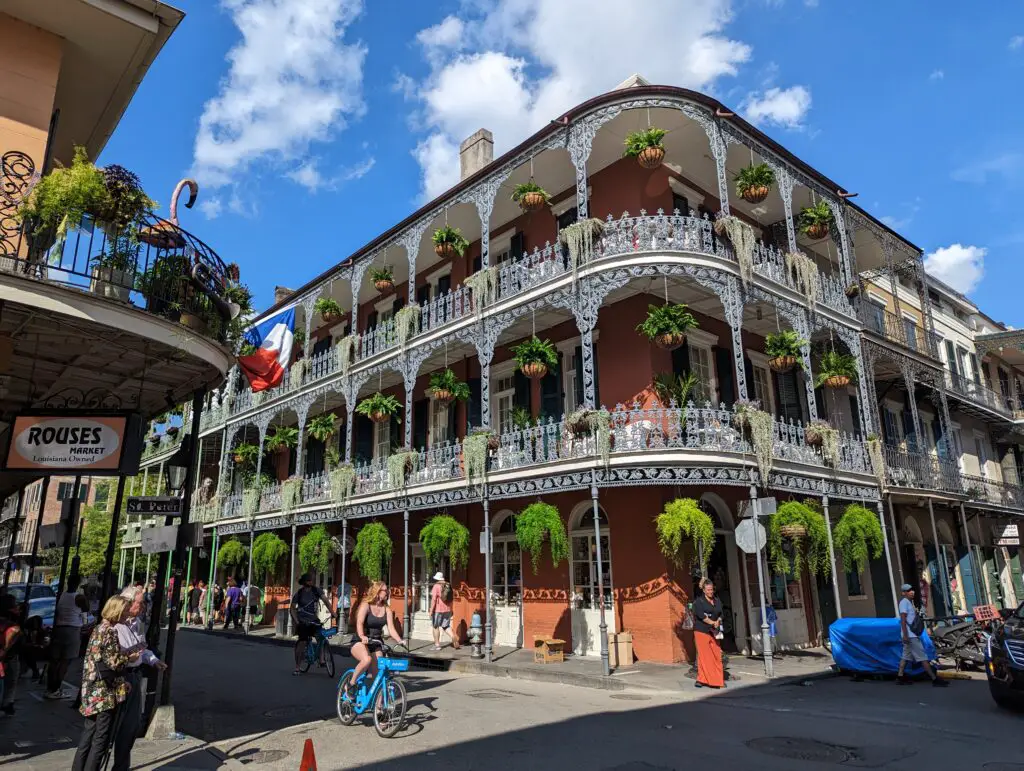
The French Quarter in New Orleans is at risk due to flooding, subsidence, and tourism overuse. Iconic landmarks are deteriorating faster than preservation efforts can keep up. Without intervention, this cultural hub may transform beyond recognition.
4. Beacon Hill (Massachusetts)
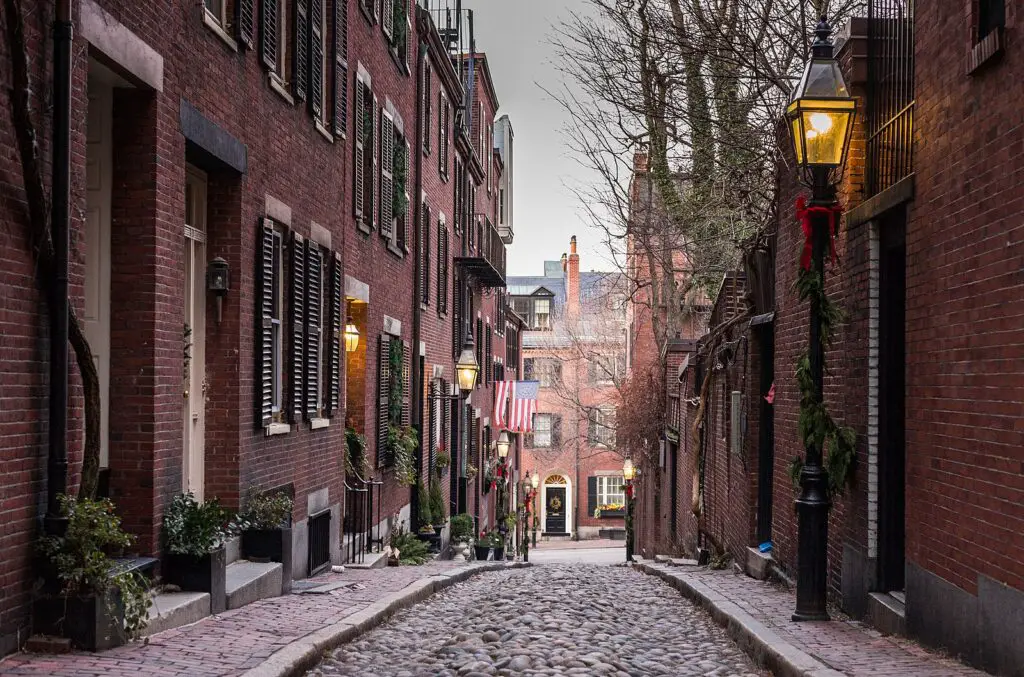
Boston’s historic Beacon Hill struggles to balance modernization with its 19th-century charm. Rising property values are pushing out residents and local businesses. The preservation of cobblestone streets and gaslit lanterns is becoming increasingly difficult.
5. Savannah’s Historic District (Georgia)
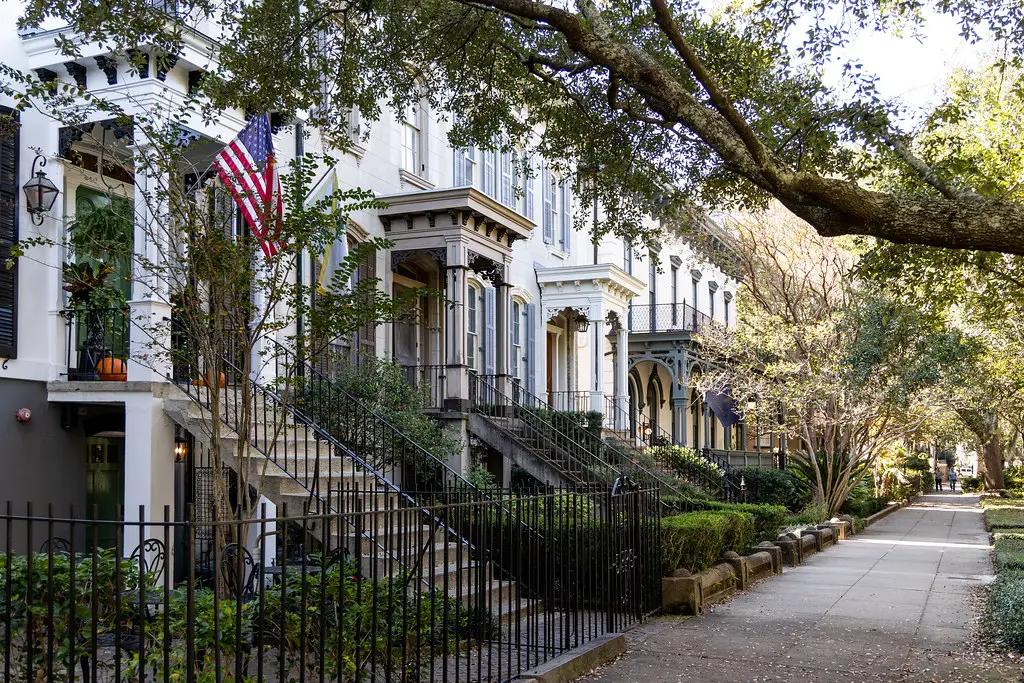
Savannah’s famed oak-lined streets face challenges from urban sprawl and flooding. Encroaching development is threatening the district’s historic homes and green spaces. Coastal erosion adds another layer of danger to this Southern gem.
6. Old San Juan (Puerto Rico)
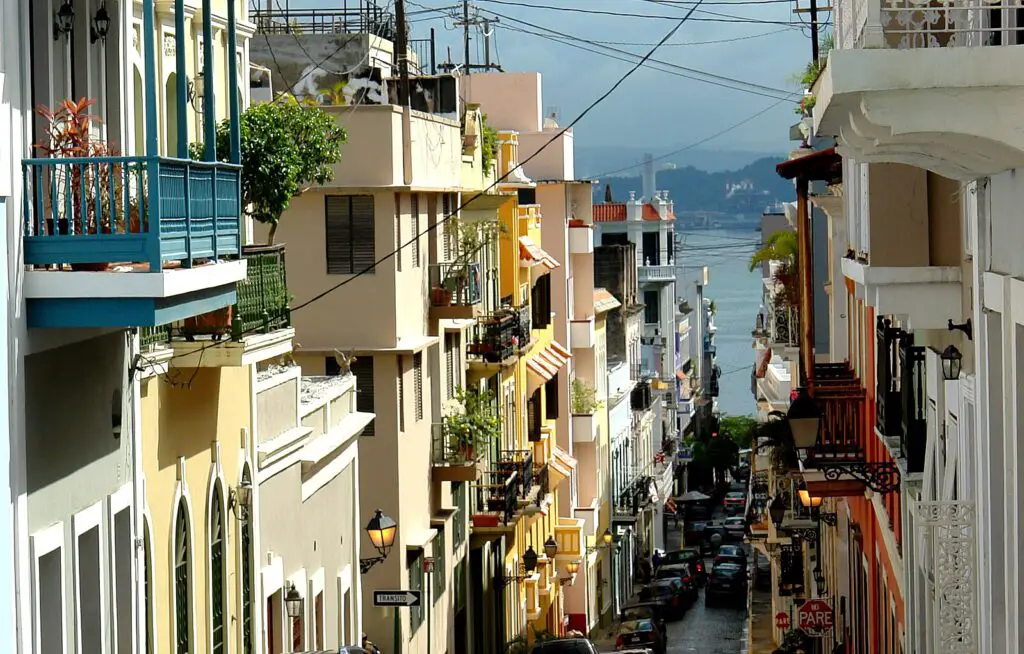
Old San Juan’s colorful colonial buildings are at risk due to hurricanes and economic instability. Insufficient funding for restoration projects leaves many structures in disrepair. Rising sea levels could further endanger this UNESCO World Heritage site.
7. Greenwich Village (New York)

Greenwich Village’s rich cultural history is being eroded by rapid gentrification. Soaring rents are forcing out artists and small businesses that once defined its character. High-rise developments are gradually overtaking its historic brownstones.
8. Old Sacramento (California)
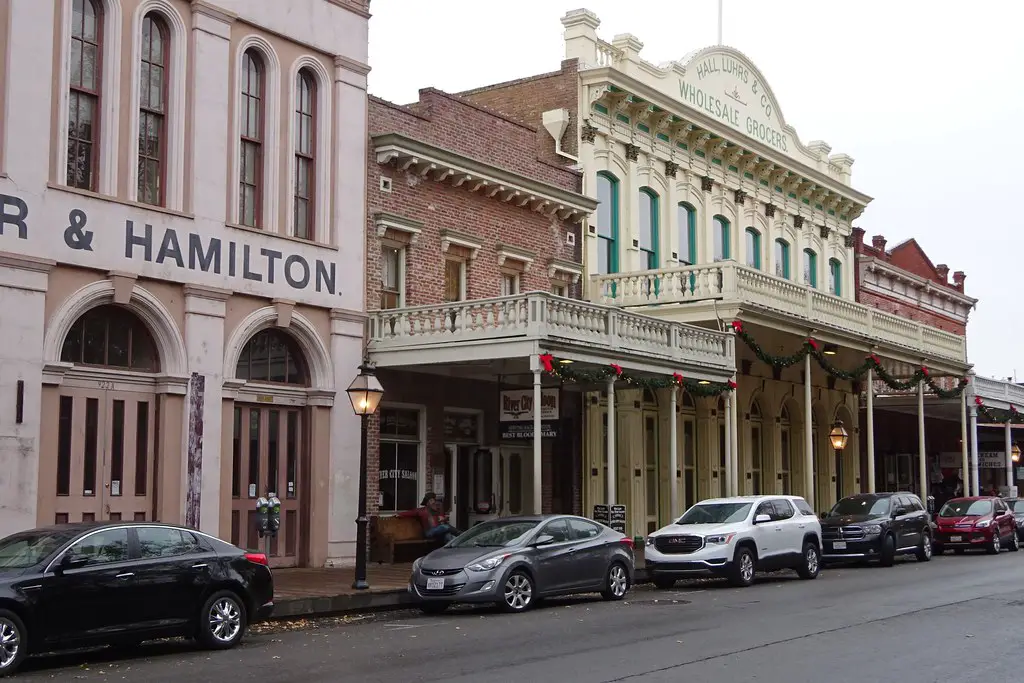
Old Sacramento’s Gold Rush-era charm is threatened by neglect and natural disasters. Earthquake risks and financial challenges have delayed crucial preservation projects. The district’s unique blend of history and tourism is slowly diminishing.
9. Old Town Alexandria (Virginia)
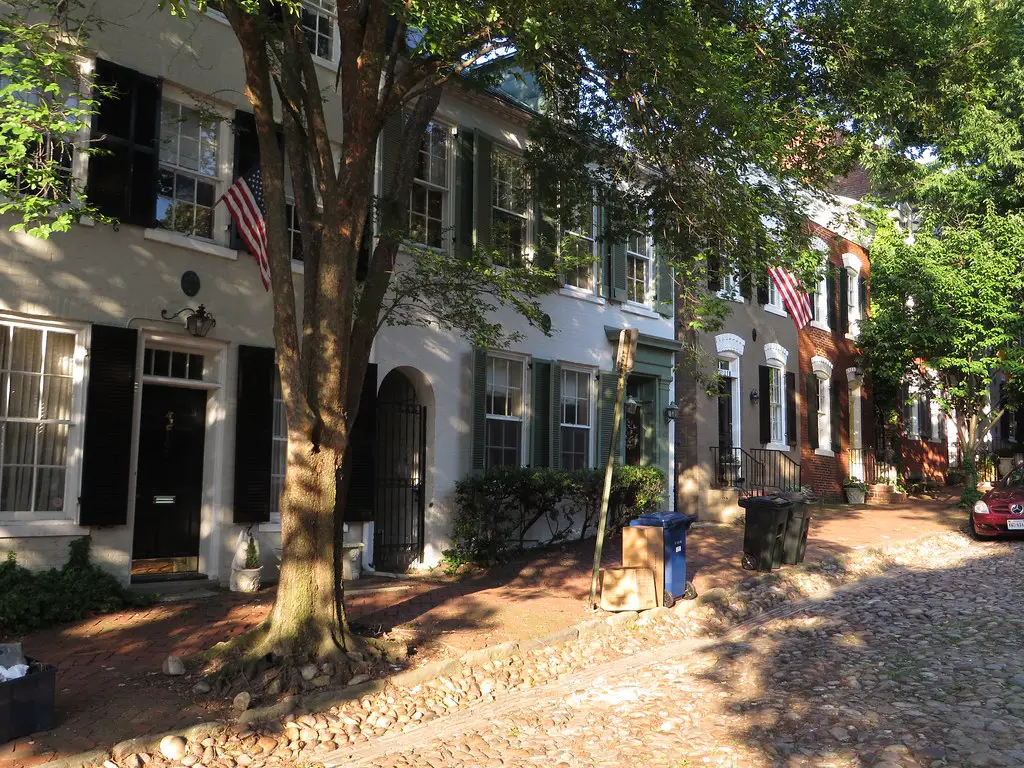
Old Town Alexandria’s waterfront neighborhood faces rising tides and urban encroachment. Historic brick buildings are at risk from flooding and structural decay. Development pressures are putting strain on maintaining its historic integrity.
10. The Castro (California)
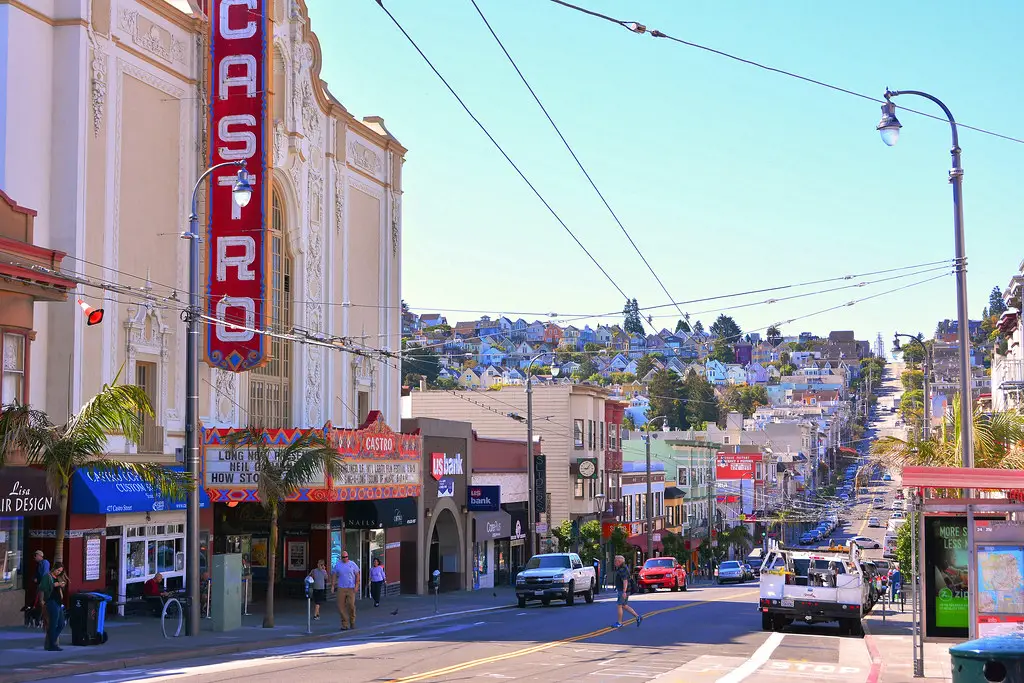
San Francisco’s Castro district, known for its LGBTQ+ history, is losing its identity to gentrification. Rising rents and tech industry expansion are displacing long-time residents and businesses. Cultural landmarks are increasingly at risk of being replaced by modern developments.
11. Central Harlem (New York)
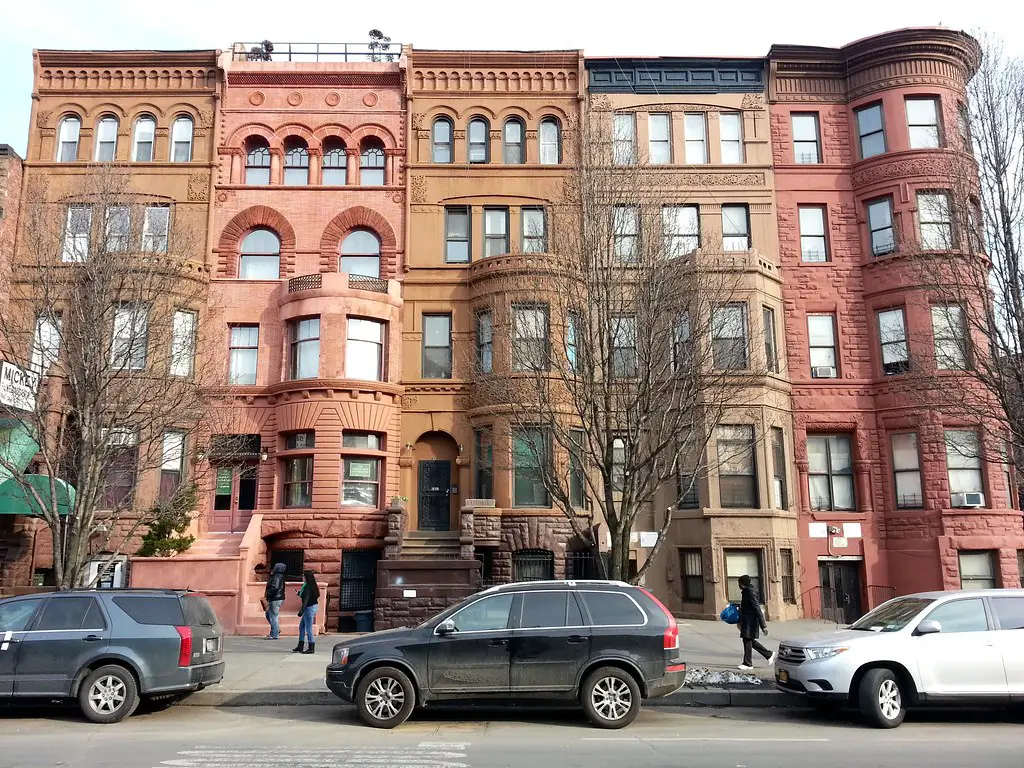
Central Harlem’s historic role in the Harlem Renaissance is being overshadowed by gentrification. Luxury developments are replacing historic brownstones and cultural institutions. The area’s vibrant history risks being lost amid economic shifts.
12. Pioneer Square (Washington)
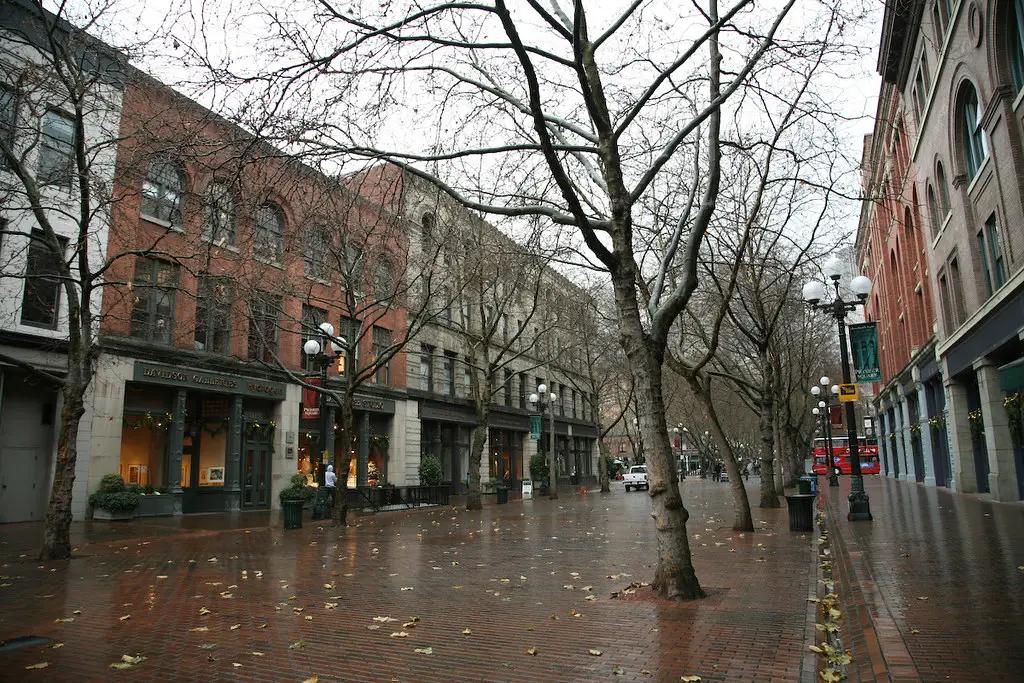
Seattle’s Pioneer Square, the city’s oldest neighborhood, faces challenges from earthquakes and urbanization. Aging infrastructure and insufficient preservation efforts are accelerating its decline. Homelessness and development pressures are also impacting the area’s historic character.
